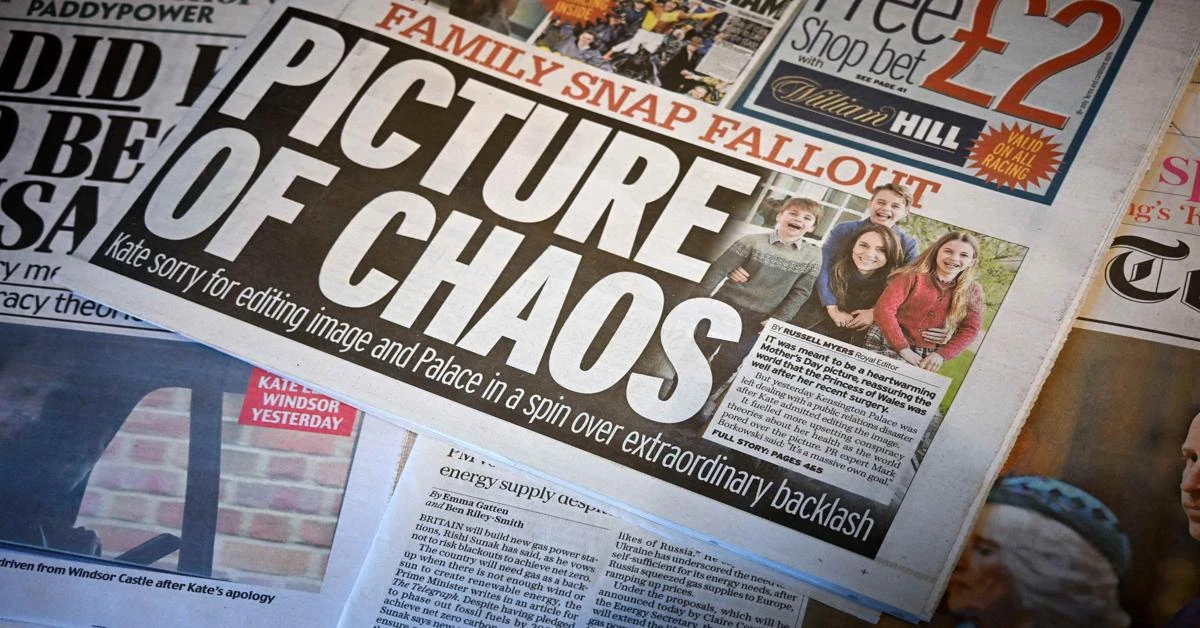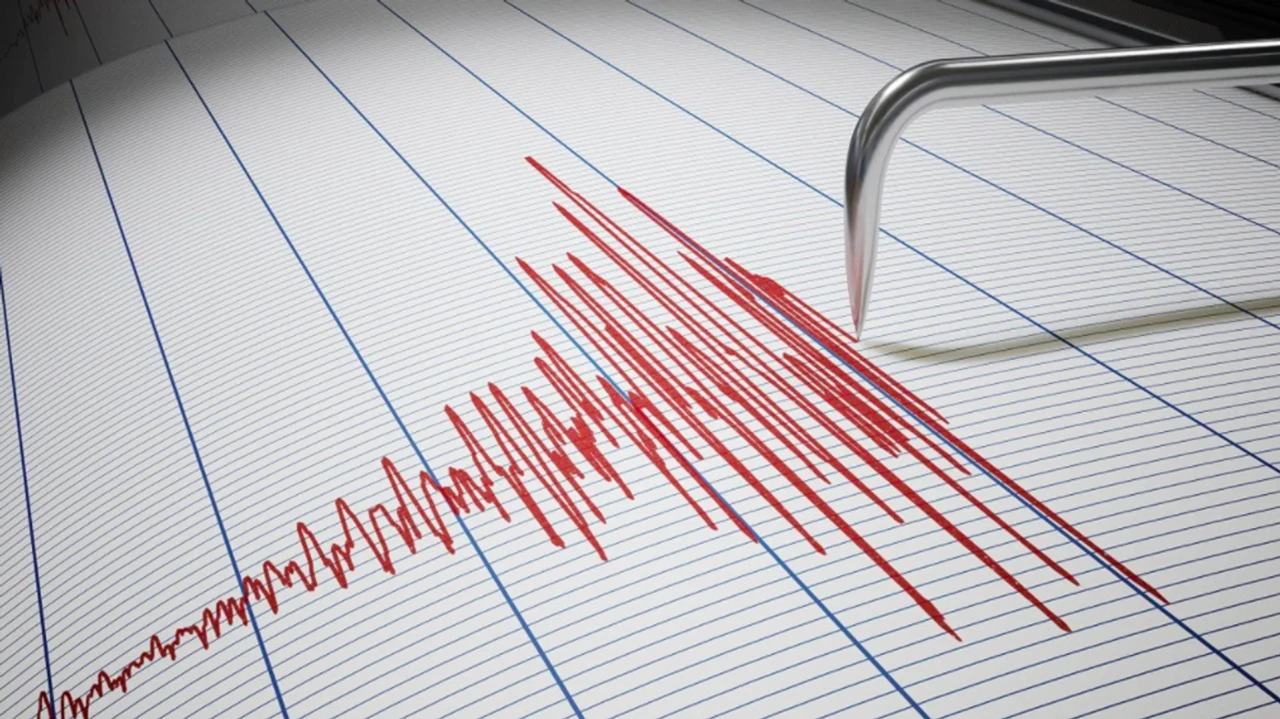Controversy surrounds manipulated image of Catherine, Princess of Wales

Manipulated image of Britain’s Catherine, Princess of Wales, meant to dispel rumors, sparks internet frenzy with conspiracy theories, fueling speculation about her whereabouts and health
The storm in the royal teapot erupted after Kate, 42, on Monday apologized and admitted to editing a palace-issued photograph of herself with her three children after the altered image was withdrawn by news agencies, including Agence France-Presse (AFP).
The fiasco gave way to a fresh swirl of speculation about the British royal – dubbed online as “Katespiracy” – laying bare the fragility of the digital landscape in the age of rampant disinformation that has eroded trust and turned social media users into amateur sleuths.
The internet guessing game had already begun after the princess was not seen in public since attending a Christmas Day church service and underwent abdominal surgery in January.
Amid an information vacuum, online posts speculated whether her marriage to William, heir to the British throne, was on the rocks. Others pondered whether Kate was recovering from an eating disorder or the cosmetic procedure known as a Brazilian butt lift – while some wondered whether she was even alive.
Proof of life landed on Sunday when the palace released a photograph they said was recently snapped by William. However, eagle-eyed social media users began tearing it apart for inconsistencies, such as a misaligned zipper on Kate’s jacket.
The inconsistencies were so apparent that several global news agencies, including AFP, pulled the picture from publication.
Then the rumor mill began spinning even faster after the princess declared in a statement that, whoops, she had edited the photograph – without disclosing the reasons for doing so or what she had edited out.
“The moral of the editing of the royal picture is simple. Tell all,” wrote Guardian newspaper columnist Simon Jenkins.
“At this stage, privacy does not work. It breeds rumor, gossip, and fabrication.”
Internet rabbit holes
That is precisely what happened. Social media exploded with memes exploring what the palace was hiding.
Kensington Palace declined to release an unedited copy of the photograph, prompting social media detectives to explore new avenues.
Some observers called it the Streisand effect, royal edition – the palace secrecy and botched PR had worsened the speculation about Kate, leaving even those who typically steer clear of such gossip hooked.
There were questions about whether or not it was Kate who had edited the image.
Some turned to horticulturists, demanding to know the plant in the background of the altered photograph, as it looked suspiciously leafy for this time of the year in England.
A breed of self-declared Kate Middleton Truthers demanded to know her whereabouts, while some speculated – with a dash of humor – whether she had ditched her family to take an intensive Photoshop course.
An entreaty from royal sympathizers seemed to go unheeded, as they insisted Kate was entitled to her privacy and should be left alone.
‘Transparency’
The manipulated image dropped when concerns around false or misleading visual information were at an all-time high, particularly following the rapid advances in generative artificial intelligence.
“People now feel a pervasive, low-grade disorientation, suspicion, and distrust,” U.S. writer Charlie Warzel wrote in the Atlantic Monthly.
“As the royal photo fiasco shows, the deepfake age doesn’t need to be powered by generative AI – a hasty Photoshop will do.”
The furor also prompted many to ask whether British royals had altered images before, with media outlets such as CNN saying they were reviewing all handout photos previously provided by Kensington Palace.
The climate of online distrust has spurred new calls for transparency, even among British royal family members with a long tradition of secrecy.
The daily newsletter receives essential international news every morning
Last month, King Charles III, Kate’s father-in-law, won plaudits for publicly announcing his cancer diagnosis.
But many health experts faulted him for not declaring the type of cancer, a move that would have encouraged members of the British public to emulate him and get themselves examined.
“If the royals want to model important values to the nation, they should start by overhauling their approach to media in favor of transparency (and) scrupulous honesty,” Catherine Mayer, author of Charles: The Heart of a King, wrote on social media platform X.
“They should stand against disinformation, not contribute to it.”
Source: AFP
#haber#



